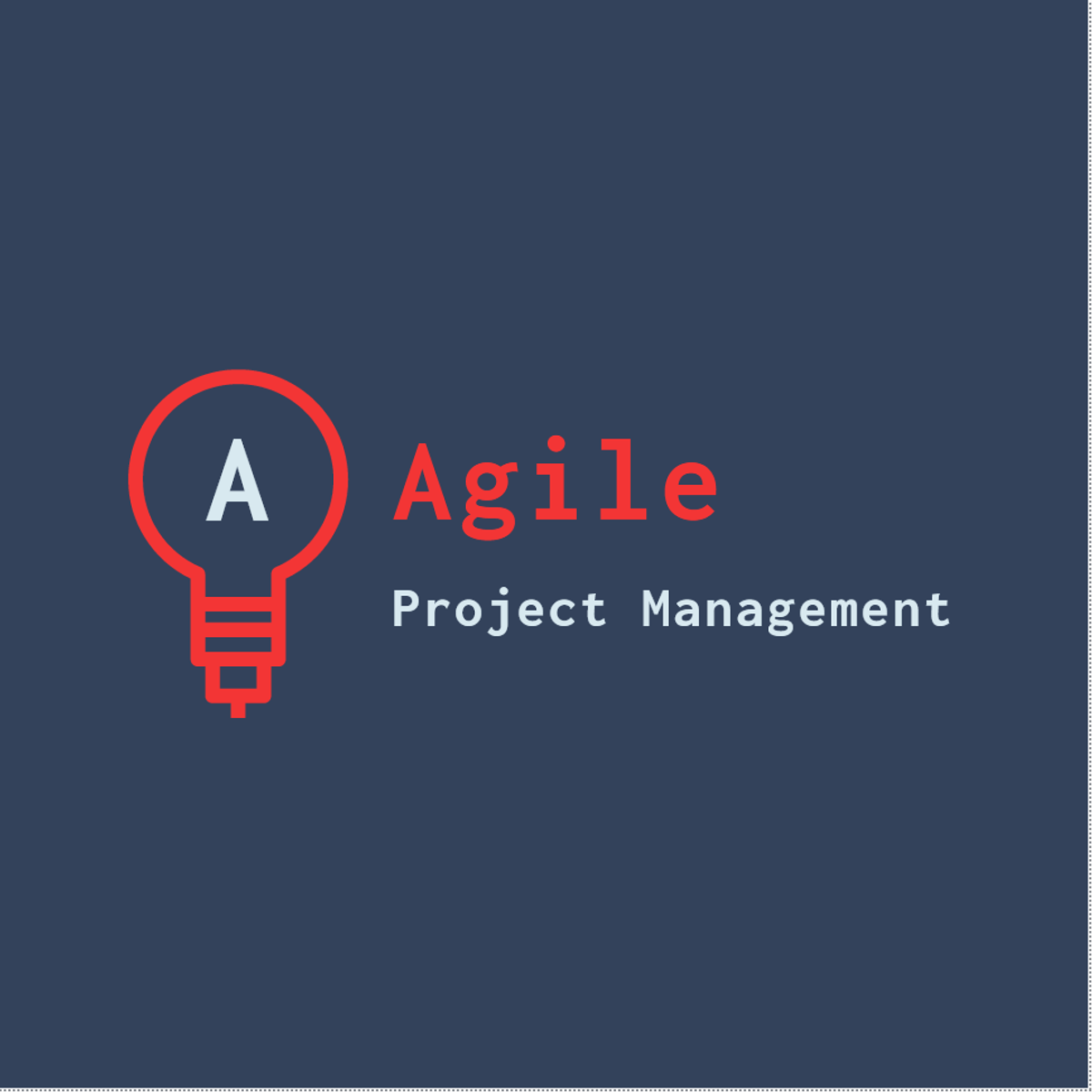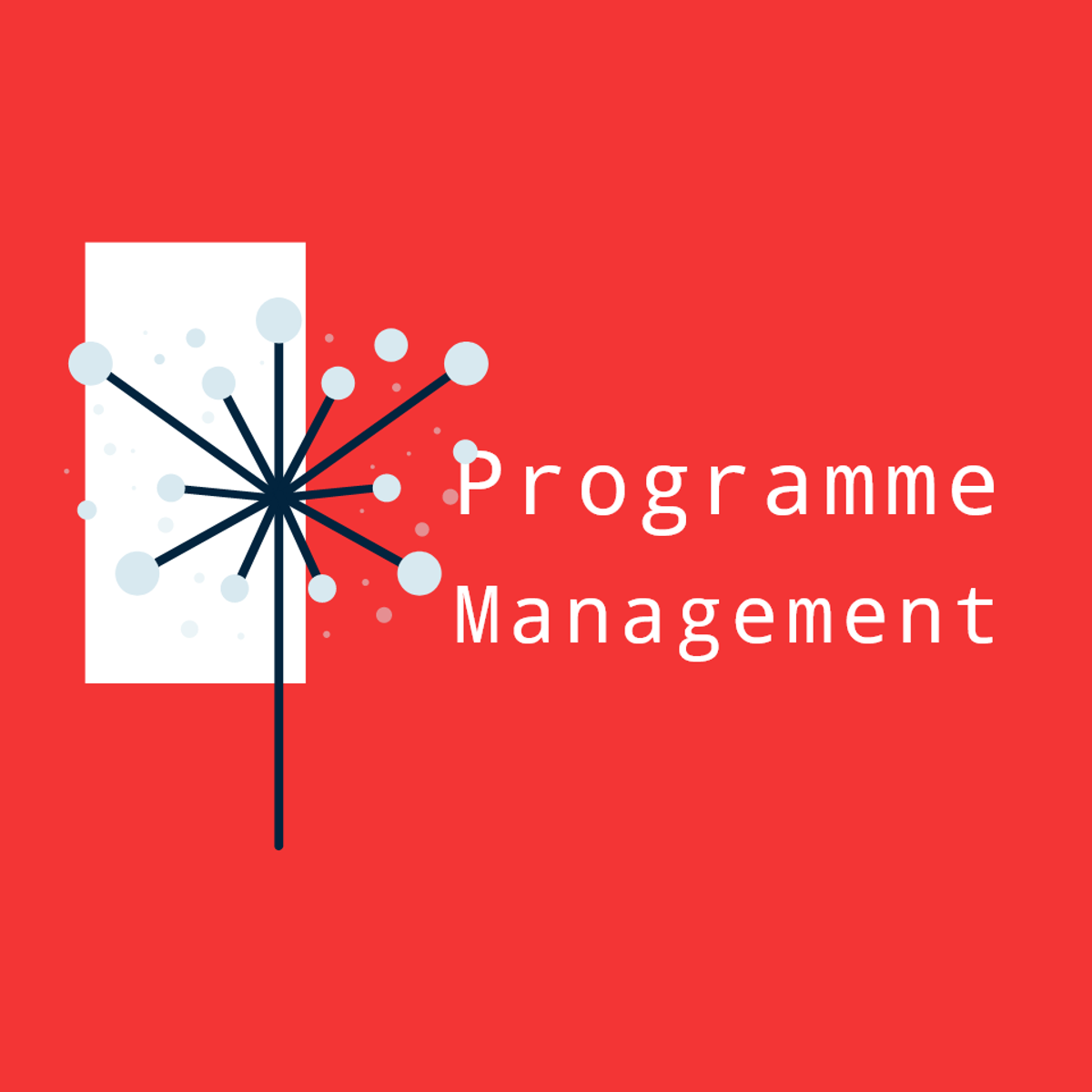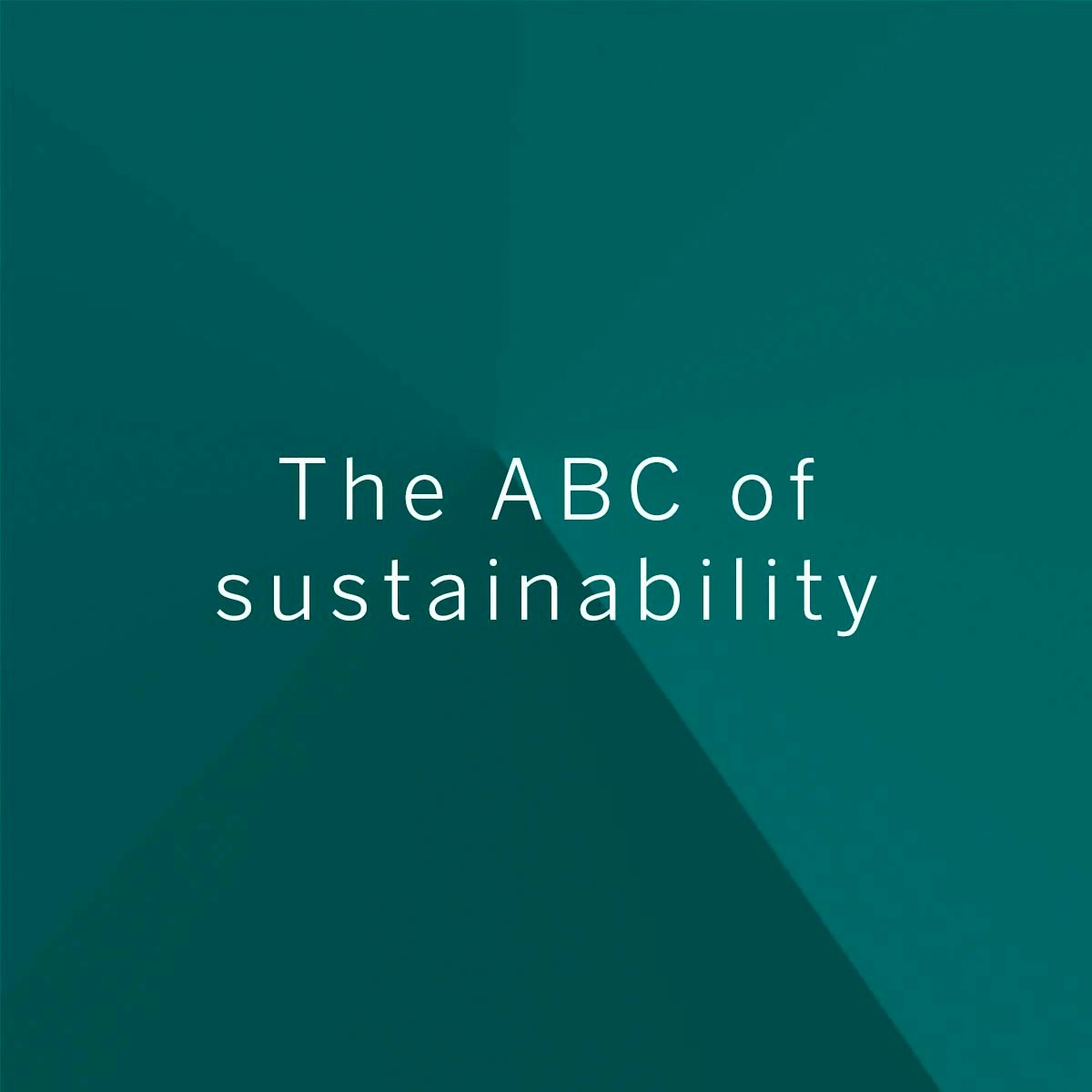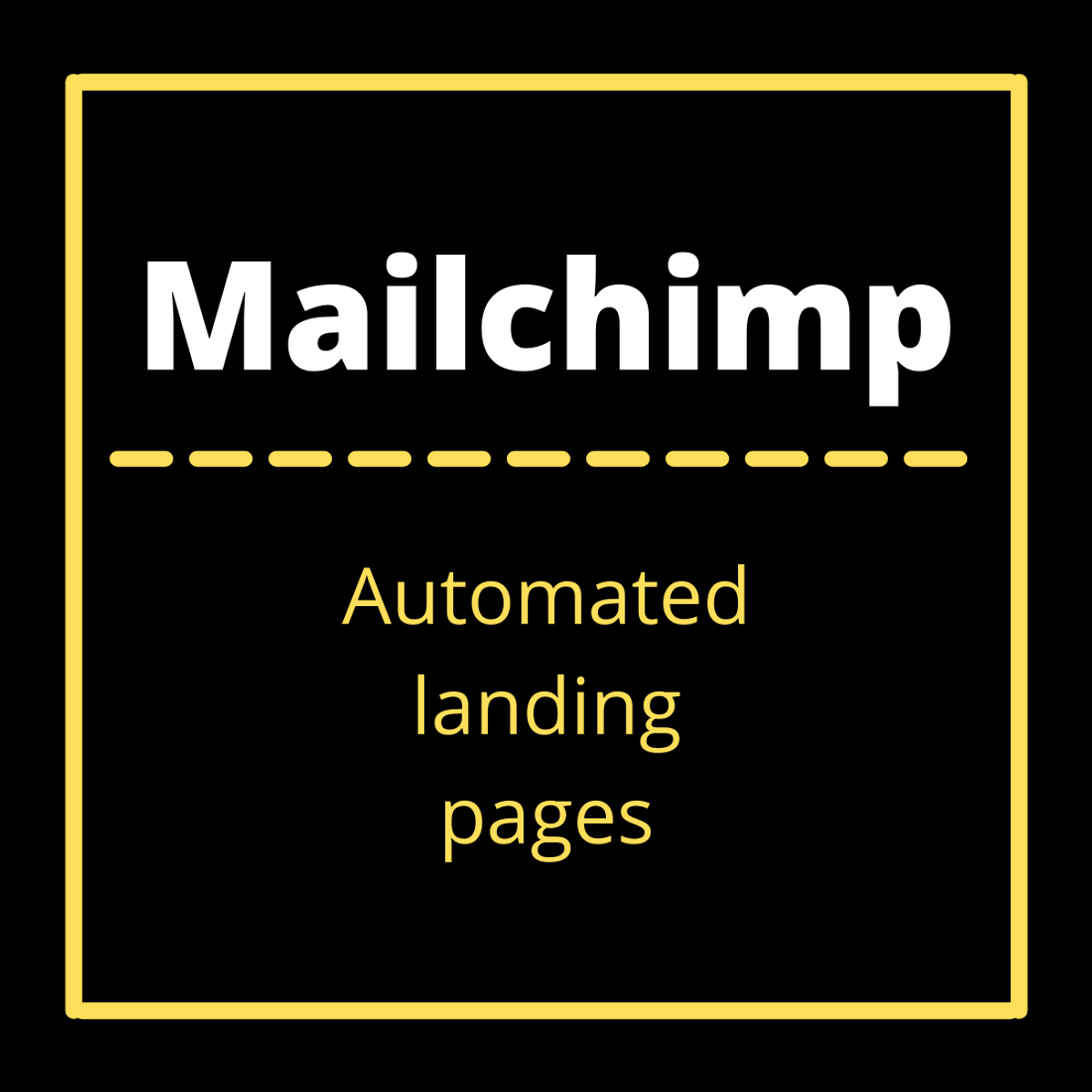Back to Courses









Business Strategy Courses - Page 38
Showing results 371-380 of 543

Make Continuous Improvements with Retrospective Maps in Miro
By the end of this project, you will be able to lead and document a project retrospective to explore lessons learned and identify areas for continuous improvements.
To do this, you will gain hands-on experience working in the Miro online visual collaboration platform for teamwork while you identify key players and questions that are likely to produce insights leading to work process and outcome improvements.
Note: This course works best for learners who are based in the North America region. We’re currently working on providing the same experience in other regions.

Agile Project: App Development Acceptance Criteria inClickUp
By the end of this guided project, you will be fluent in creating acceptance criteria for mobile app features and tasks. You will utilise wireframe porotype segments in an agile project environment based on the customer journey with the products. This will enable you to identify and classify the required test cases for each functionality prior to development. Furthermore, it will help bring consensus between the client, the developing company and the software developers leading to measurable and successful implementation of the app functionality and features
This is essential for generating positive results for your product development. Furthermore, this guided project is designed to engage and harness your visionary and exploratory abilities. You will use proven models in Agile Project Management with ClickUp to shape the development roadmap of products and services.

Program Procurement Planning with ClickUp
By the end of this guided project, you will be fluent in creating Program Procurement Planning artefacts for the Planning Phase for diverse programs. You will utilise a logical diagramming plan in an agile environment to develop the solution. This will enable you to identify and classify the required components for procurement planning. Furthermore, it will help develop a structural model for learning about the field of Program Management.
If you are interested in building up the knowledge leading to this guided project, the following is the link to:
[ Developing Programme Management Blueprint with ClickUp]
https://www.coursera.org/projects/program-blueprint
[Advanced Programme Planning Phases Framework in ClickUp]
https://www.coursera.org/projects/program-advanced-planning
This Guided Project is essential for individuals wanting to learn about the field, or looking to transition into working in Program Management. This guided project is designed to engage and harness your visionary and exploratory abilities. You will use proven models in an agile environment with ClickUp to engage in a hands-on learning experience.

Foundations of Digital Consumer Search and Marketing
This course will develop your understanding of the fundamentals of digital marketing and how it transformed the marketing landscape.
By the end of this course, you will have developed your understanding of key topics such as:
the fundamentals of content marketing, digital consumer engagement, journey mapping, lifecycle and value proposition.
You will also have the opportunity to discuss topics such as digital consumer experience management, competitor benchmarking and creating a digital customer journey map with your peers.
Throughout the course, you will be prompted to consider how the topics relate to a company or brand of your choosing. You will be asked to analyse how successfully the company has implemented these topics and identify areas that can be improved.
In the end-of-course assignment, you will reflect on the key points from this course, and consider how they can be applied in a real-life context.
Completing this course will count towards your learning in the Digital Consumer Search and Marketing Specialization.

Valuing nature and people to inform business decision-making
The aim of the course is to introduce businesses employees to the Capitals Approach and help them to get started with integrating natural, social and human capitals into business decision-making. This course is an introductory course; no prior knowledge of natural, human or social capital is needed.
The course provides a comprehensive introduction to the capitals approach and to undertaking a natural capital assessment, and is available for all employees and leaders, sustainability practitioners, procurement officers, accountants, human resources, auditing, strategy, risk management and finance departments. The material is covered in good depth and will require time and commitment to learning. Due to its comprehensive character, the course may be less suited to C-level management.
The course consists of four modules and its structure follows the internationally recognized Natural Capital Protocol and Social and Human Capital Protocols. The course features many business examples to demonstrate why and how other businesses have integrated natural, social & human capital impacts and dependencies into their decision-making and management practices.
The first two modules guide learners through risks and opportunities related to nature, people and society; introduce the concept of a Capitals Approach and present the business case for undertaking an integrated capitals assessment. The third and fourth modules focus specifically on natural capital and how to get started with a natural capital assessment. These modules guide learners along the scoping stage and introduce students to measuring and valuing natural capital.
By the end of the course, participants are expected to have learned about the different capitals, why it is essential to embed them into business decision-making, and how to get started with a capitals assessment. Future course specializations will build upon this introductory course, by providing additional content on social and human capital and allowing the learner to go more in depth with the content and application.
This course has been developed by the Capitals Coalition, supported by We Value Nature, a collaboration between ICAEW, WBCSD, IUCN & Oppla, with the support of Nature^Squared.

Introduction to Operations Management
Learn to analyze and improve business processes in services or in manufacturing by learning how to increase productivity and deliver higher quality standards. Key concepts include process analysis, bottlenecks, flows rates, and inventory levels, and more. After successfully completing this course, you can apply these skills to a real-world business challenge as part of the Wharton Business Foundations Specialization.

The ABC of sustainability
The sustainability agenda is currently key to companies, governments and citizens. It’s vital for people to have first-hand knowledge of the basic concepts in order to understand all issues related to sustainability as a vector of systemic change in the economy, society, companies and our lives.
The course is an introduction to sustainability, regarded as a cross-cutting discipline in our society (in the public and private international spheres) that’s based on the most updated public information on economic, social and environmental issues. It outlines how sustainability is holistically applicable to everyday situations in the population, natural resource use and the global economy and in its interaction with the biosphere, as well as social factors such as a fair transition, equity, equality, diversity, human rights, education and health.
By the end of this course you’ll have obtained a broad overview of the key challenges and potential solutions to achieve sustainable, socially just and environmentally possible development while respecting the planetary boundaries.

Construction Scheduling
This course focuses on learning how to develop and manage a schedule. The first module provides an overview of the Construction Scheduling course. The second module introduces bar or Gantt charts and how they are used as scheduling tools. During the third module, learners will create activity precedence diagrams, also referred to as activity on node diagrams, which graphically represent the construction activities in a project and their relationships. The fourth module provides an overview of the types of construction activity relationships encountered in a construction project and how to represent them in an activity precedence diagram. Forward and backward pass calculations are covered in the fifth module, and during the sixth module, Professor Odeh discusses the importance of critical paths, including what it is and why it is important.
By the end of this course, you will be able to:
-Discover key project scheduling techniques and procedures
-Learn how to develop and manage a schedule, and understand scheduling tools such as bar charts, activity on arrow, and activity on nodes
-Explore the multiple relationships that connect all the construction activities in our project from start to finish
-Learn about creating a network diagram, defining the importance of the critical path in a project network, and defining project activities float
-Understand the fundamentals of bar charts, precedence diagrams, activity on arrow, Program
-Evaluation and Review Technique (PERT), range estimating, linear project operations, and the line of balance (LOB)

Create a Professional Automated Landing Page using Mailchimp
In this 1-hour long project-based course, you will learn how to design a professional landing page with a lead magnet to collect email addresses from scratch. We will then use the Email Automation feature from Mailchimp to send an automated email with an option to download the Free lead magnet and a Call to Action to join a webinar where a marketer can then sell premium products. This lead generation strategy is highly effective with really high conversion rates if done right.
This guided project is beginner-friendly. You don’t need any experience in email marketing or graphic design in order to complete this project. I will teach you everything you need to know to complete this project. We will begin by creating a Mailchimp account and then explore the Mailchimp’s dashboard in detail. Most people have no idea about the level of resources that Mailchimp’s have. So we will explore all of these resources. Then, we will try to understand the fundamentals of landing pages, lead magnets and how to effectively design them for high conversion. We will then design our “Grow a list” landing page from scratch using beautiful stock images. Then in the final task, we will use the Email Automation feature from Mailchimp to send an automated email to the subscribers with the Free lead magnet and a Call to Action to join a Free Webinar.
By the end of this project, you will have a high converting Automated landing page which you can post on your Youtube channel, Facebook groups, LinkedIn page or boost it through Facebook ads.
Note: This course works best for learners who are based in the North America region. We’re currently working on providing the same experience in other regions.

Understand Best Practices with Canvas
In this 2-hour long project-based course, you will learn how to use Canvas LMS best practices to develop an effective learning environment for your students through a hands on and organized approach. Through the Canvas LMS you will be able to support and develop online learning in a variety of ways.
Note: This course works best for learners who are based in the North America region. We’re currently working on providing the same experience in other regions.
Popular Internships and Jobs by Categories
Browse
© 2024 BoostGrad | All rights reserved


